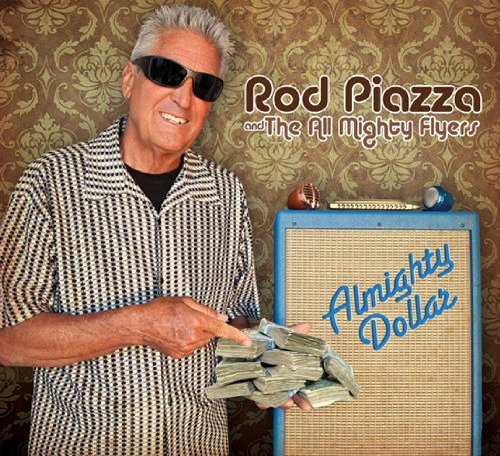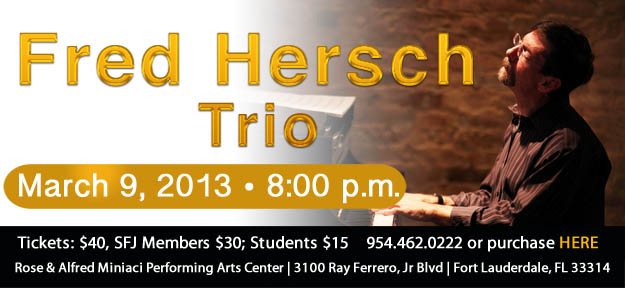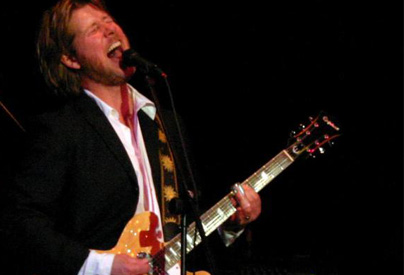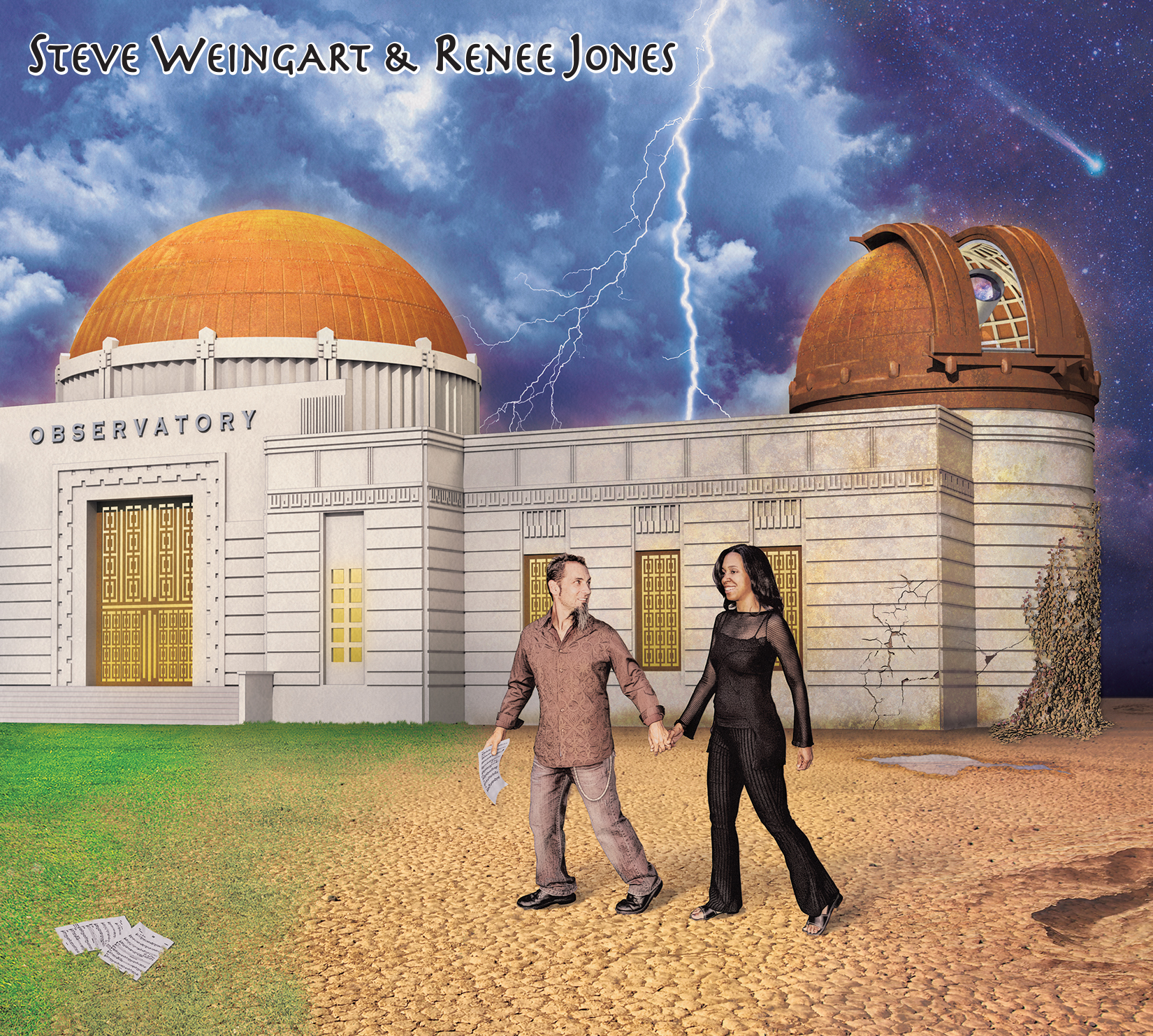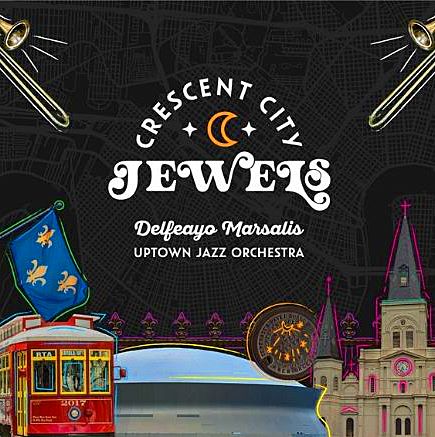One would expect a jazz master like Delfeayo Marsalis to spread his influence beyond the borders of his hometown, New Orleans, to capture the world’s attention, as have his brothers Branford, Wynton, and Jason.
As has had jazz itself.
When in the nineteenth century Louis Armstrong and other New Orleans musicians spread its originality and influence up the Mississippi River and then globally through roads, railroads, tributaries, and ocean liners early.
Delfeayo’s experience includes touring with jazz icons like Art Blakey or Slide Hampton; producing over 125 albums for world-renowned talent such as Harry Connick, Jr. and Terence Blanchard; founding a local theater to interest youth in jazz; writing over a dozen musicals for that theater; establishing jazz workshops for schools; managing local talent; composing new music for himself and others; leading a variety of jazz groups; recording his own albums; performing on a weekly basis in New Orleans; projecting his own Big Easy trombone style to the undiminished delight of local, national, and international listeners; and arranging for big bands, including the Uptown Jazz Orchestra.
Those descriptions include just some of Delfeayo’s achievements.
But first, a brief, though obvious, digression.
When you think about it, the Marsalis family’s contributions to jazz—including their father’s, Ellis Marsalis’s—have been immense, affecting, as they have, generations of jazz enthusiasts and artists.
While the Marsalis musicians have mentored their own network of jazz artists throughout the world, Delfeayo chose to concentrate on those closer to home.
The roots for Crescent City Jewels, the Uptown Jazz Orchestra’s most recent album, were established by one of Delfeayo’s other mentors, Max Roach, with whom he also toured.
Perhaps as an observation or as an offhanded comment, Roach told him that “I see greatness all around me…the bus driver, the schoolteacher, the sanitation worker, the grandmother raising her grandchildren, the auto mechanic. Greatness is everywhere, but we either don’t recognize it or we take it for granted.” Delfeayo expanded upon that idea throughout the years, and it grew organically to affect thousands of people through his musical outreach.
Roach’s belief was one of recognition for a community’s positive values and of respect for its people.
Delfeayo chose to narrow his focus primarily to his hometown community, where jazz had its start.
Consistent with jazz’s initial combination of musical influences—such as Caribbean percussion, African rhythms, blues, street parades, ragtime, dirges, work songs, and gospel choirs—to form America’s first native art form, Delfeayo presents on Crescent City Jewels some New Orleans musical “gumbo.” In Ken Burns’s Jazz, Wynton described musical gumbo as a mixture of spicy styles stirred into something even more delicious.
Delfeayo stirs the various flavors for Crescent City Jewels by including post-bop jazz, Argentinean tango, popular song, funk, swing, gospel, R&B, call and response, blues, and second-line street celebration.
After combining the diverse flavors, the dish that Delfeayo serves is joy.
Consistently.
Always.
Joy to each community. Joy to the world.
The Uptown Jazz Orchestra starts spreading the effervescent joy on Crescent City Jewels with “Sidewalk Sizzle,” Delfeayo’s medium-tempo composition in AABA blues form over which he solos, as does alto saxophonist Aaron Nascisse.
The next track, “A Sleepin’ Bee”—which Nancy Wilson famously recorded on her first album with Cannonball Adderley—introduces Tonya Boyd-Cannon, a finalist on The Voice. With a similarly appealing voice, Boyd-Cannon projects breeziness and fun as the Orchestra punches in the accents. Once the Orchestra provides its own powerful interpretation, Khari Allen Lee suggests the reference to Adderley with his own alto sax solo.
More of a presence on this album than on previous Uptown Jazz Orchestra albums, Boyd-Cannon confirms her versatility by singing on six of the tracks. Delfeayo’s “Valley of Prayers,” an upbeat statement of jubilation in contrast to the darker expectations suggested by the title, features Boyd-Cannon leading the rapturous hand-clapping call-and-response to confirm deliverance from hard times.
“Summertime,” on which she sings too, is notable for the not only for the electric bass groove, but also for the palette of orchestral colors and sonic breadth that the arrangers provide. Boyd-Cannon adds to the springiness of “Exactly Like You” with the sweetness of her voice over several key changes. In contrast, she sings in her lower range “’Round Midnight” with a thoughtful delivery of the lyrics in discrete phrases. And Boyd-Cannon expresses with authority Billy Taylor’s song, “I Wish I Knew How It Would Feel to Be Free,” reflecting too Roach’s important recordings about civil rights like We Insist! and It’s Time.
And so, that song returns to the themes of community heroes and the value of the individual.
Delfeayo invited esteemed guest artists to participate in the recording, none closer than his brother Branford. An important producer and jazz artist with his own recognizable style, Branford interprets on tenor sax Joe Henderson’s “Inner Urge” after the Orchestra’s first chorus. Showcasing his own versatility (for he usually plays Big Easy grooves), pianist Davell Crawford follows with a blistering improvisation. Branford plays soprano sax on Cátulo Castillo’s tango, “El Ultimo Café,” which Delfeayo first heard in Buenos Aires. (A famous Argentinean poet and composer, Castillo experienced the estrangement from his beloved community when the military government blackballed him and other tangueros after Perón’s overthrow.) After Delfeayo plays the first chorus on trombone with mellow fluidity, pianist Victor Campbell, who moved to New Orleans from Camagüey, Cuba, provides authenticity for the version with a danzón flow of crescendos and gliding broad melodic chords. Branford improvises with an effortless solo in the instrument’s upper register before the saxophone section’s soli and Delfeayo’s concluding solo.
Trumpeter Kermit Ruffins, a long-established New Orleans institution who started his career in the Tremé neighborhood, sings with whimsy and party-time extroversion Jessie Hill’s “Ooh Poo Pah Doo.” Ruffins transfers to the current generation Hill’s unique boogaloo tradition, which, as a child, he heard on street corners.
Delfeayo’s friend from high school, Maurice “Meaux” Trosclair, projects his personality into “Basin Street Blues” with growls and muted wah-wah’s before Crawford sings to its finish.
The entire Orchestra summarizes its exuberance, as well as the unique atmosphere of New Orleans, with a rousing version of “Lil Liza Jane.” Though the Orchestra eases into the performance with an understated modal introduction, when trumpeter John Gray leads the singing of the lyrics, naturally, its members break out into an ebullient celebration of the Crescent City, its cultural jewels, and its people.
Artist’s Web Site: www.dmarsalis.com
www.theujo.com

